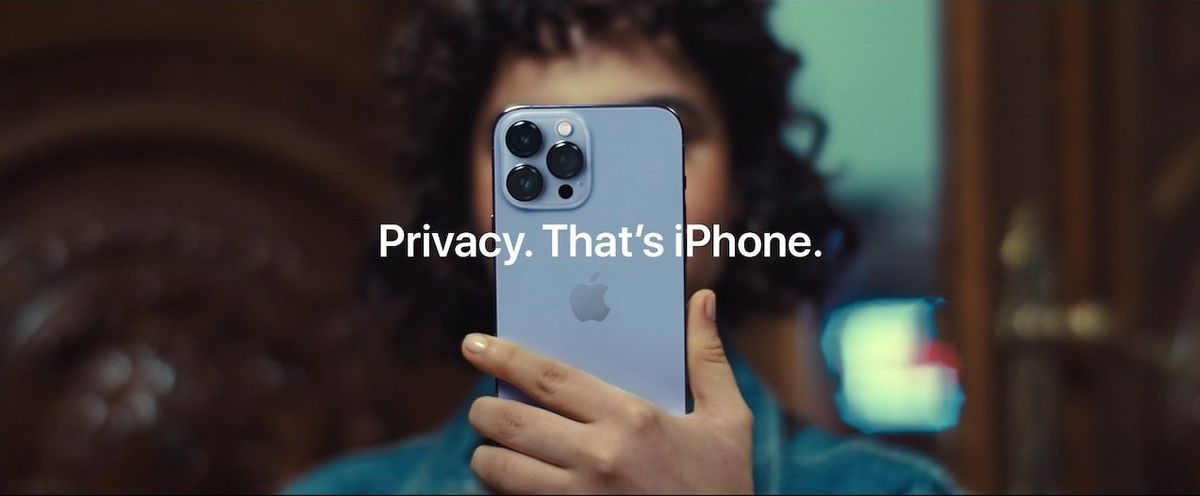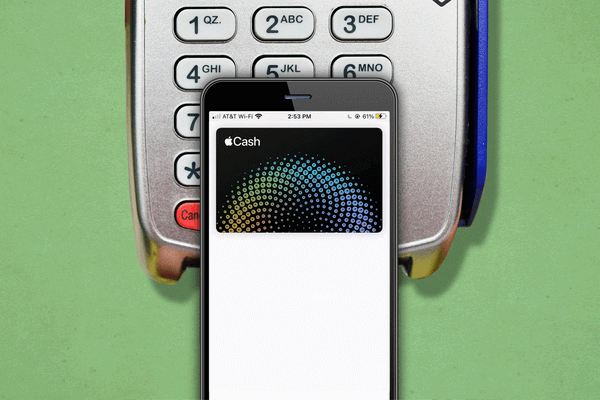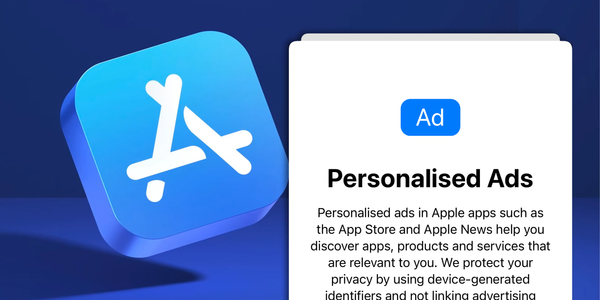Privacy and iPhones

Greetings!
I am here with another article! This is more like a continuation of the previous article but this time, it is not for Android users but for iOS. Skipped the previous email? I’ll fill you in – most tech companies make money from their software, for example, Google. The only way they make money is by either advertising or selling your data to advertisers. Many companies are infamous for invading your privacy in this manner. My last article – Ensuring safety with Android smartphones… was based on this. Well, this article is going to be the same thing, but for iOS users. So, if you own an Android device, feel free to skip this article but make sure to share it with your friends and family to keep them safe too :)
Apple’s unique selling point is privacy. People may say iPhones are feature-rich and polished, but I’d say Android phones like the Google Pixel and the Samsung S22+ have also come a long way and provide a perfect experience. In my opinion, the distinction between iPhones and Android devices is privacy. Apple actively tries to make your browsing more secure and your data safer and also tries to perform operations for customisation in-device (In simple terms, Apple does not relay your data to its servers to offer customised services such as Siri. Instead, all of these processes happen within your iPhone and live there.)
Apple has launched an array of features to make sure you are safe while using your tech. But most people don't know about them. So, I will be covering tips for iOS users to make sure they are as safe as possible. First things first, make sure to update your devices! iOS 14.5 (all versions above 14.5 are supported) came with a stunning feature of its own that disrupted the entire advertising industry – ‘Ask not to track’
Companies such as Facebook, Snapchat, and Instagram constantly monitor your activity to make sure they can offer you services and ads based on your needs. iOS 14.5 gives you an option to block these app developers from accessing your device advertising identifier. In simple terms, developers cannot ID you properly, so the data you accessed on Instagram cannot be accessed by Reddit or other applications, restricting them from creating a persona of you. If you missed this prompt or accidentally permitted an app to track you, here’s how you can change it. Head over to Settings > Privacy > Tracking > Find the desired app > Turn the toggle off. As simple as that.

Apple has a plethora of features to make sure you always stay protected. I would personally advise turning on two-factor authentication for all users. What is this big word? If someone gains the password to your Apple ID, they still won’t be able to log in without a special code that is generated on your trusted number or email or other Apple devices. This way you can always remain safe from digital intruders. I would also encourage people to start using Safari over Chrome. From experience, Chrome feels smoother and can handle more tabs. But, Safari is safer because it natively blocks all trackers and shows you a privacy report of all the trackers you encountered. Which, in my opinion, is pretty cool. Plus, Safari is more efficient in terms of battery so that is another thing to keep in mind. Here is my privacy report for this week :)
I would also recommend using Apple Mail – Apple Mail may look ugly, or sometimes buggy but what it does is protect your mail activity. Fun fact: Marketing emails or newsletters such as The Tech Garamond have inbuilt cookies to see if you have opened and read the email. Apple Mail protects your mail activity so even if these cookies are embedded into the mail, the sender cannot track you by any means but if you were using Gmail for iOS, the sender can check if you have read the email.

Some other things you should check out are if you are sharing data with Apple. When you set up your iPhone it is possible that you agreed to share your personal data logs with them for analysis reasons. Well, the good part is, you can always turn this off. Head over to Settings > Privacy > Analytics and Improvements > Turn off “Share iPhone Analytics.” This is the master switch for sharing your data. Once you are done with this, go back to the Privacy page, scroll down to Apple advertising and make sure you have turned off Personalised Ads. Now, go back again, go to App Privacy Report and turn it on. This will give you a summary of what data and sensors your apps are accessing.
You may also want to review your location services. Just like Google, Apple tracks you everywhere you go. You can review your location settings by heading over to Privacy and then Location Services in the settings app. If you scroll, you can see how apps are accessing your location and when they have access to the same. If something feels fishy about these apps accessing your location, you can alter their settings by clicking on the app name on this page. If you scroll to the bottom, you can also access the System Services’ Location access. This is key in order to keep your location private. Your iPhone always accesses your location. On this page, you can decide when your iPhone can access your location. Don’t fiddle around on this page because you might turn off something that is essential for your iPhones. Just scroll down, head over to Significant locations and turn it off. This way your iPhone cannot access all the places you visit. Once you are done, go back and turn off “iPhone Analytics and Routing & Traffic” to make sure you send no location data to Apple.

Well, there is a little more to this article. Apple also offers a subscription service – Apple One. Apple One is a collation of all of Apple’s services such as Music, TV, iCloud and more. Apple One is cheaper than individual subscriptions and offers value for money. Apple One also comes with some additional features such as Private Relay for Safari and Hide My Email. Private Relay makes sure network providers and other unwanted parties cannot know what you are browsing for on Safari! It is so secure that even Apple can’t access your data! This means that your browsing activity is totally protected and safe. Hide My Email is a really cool feature and an underrated one at that. When you sign up for services or apps, they ask for your email address. In some instances, you might want to keep that private. So when you sign up for an app using Apple it will give you a prompt to hide your email from the application developer. Apple will generate a randomised email for the app to view and then will route every email from the randomly generated address to your Apple ID’s registered email! This is honestly my favourite feature! You can even do this for websites that deliver newsletters to you instead of applications so your private email is never at risk again!
Information overload? Well, Apple is quite determined on privacy and has many features. This article is probably really short in comparison to all the features that Apple provides to protect your cyber-identity. Want to explore more? I would recommend checking out this article by Apple on privacy.
Android user? Read this Ensuring safety with Android smartphones...
I hope most of you act on the tips I mentioned in this article :) This may seem like a hassle but it is better to review your settings than regret having your data leaked online.
If you liked this article, make sure to subscribe to The Tech Garamond and share these articles to keep everyone around you safe. Well, that's it. I guess I will catch you sometime soon with something even better. Till then, make sure to update your devices and stay safe online.
Cheers,
Tejas Tagra
6089 days old




